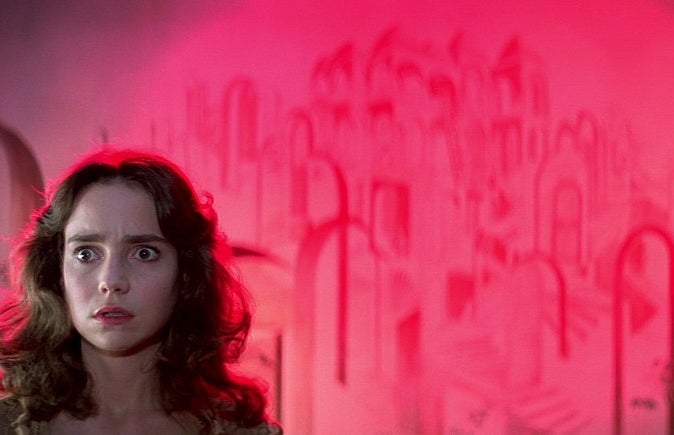From 1978’s legendary Laurie Strode in Halloween to 2019’s Dani Ardor from Midsommar, women have historically been both the stars and lone survivors in many Hollywood horror movies. The final girl trope is a recurring presence in the horror genre: the unlikely hero of a disturbingly horrific story. But why is the final girl trope so popular? More importantly, and as characters mostly written by men, does the trope have absolutely anything to do with feminism? To try to answer these questions, we have to take a look at the archetype of the final girl herself.
The term “final girl” was coined by Professor Carol J. Clover in her 1992 book Men, Women, and Chain Saws: Gender in the Modern Horror Film. In her publication, Clover describes the final girl as the ultimate survivor in a group of friends, who either kills a male villain or barely escapes from him. She also possesses a series of traits that deem her as “undesirable” or “unpopular” from the male gaze’s perspective. Unlike her friends, she rejects sex and drugs —a form of “moral superiority” that makes her worthy of surviving a slasher. This aspect of the trope does raise a few red flags, celebrating the heroine as a woman who typically adheres to conservative values, is conceived by others as naive, and doesn’t seem to stand up for herself except for when her very own life depends on it. This stereotype is exemplified through characters such as Sally Hardesty from The Texas Chain Saw Massacre (1974), Laurie Strode from Halloween (1978) and Suzy Bannion from Suspiria (1977).
Interestingly, the final girl from the 70’s and 80’s usually wore androgynous clothing and could, in some instances, have a gender-neutral name or nickname, like sci-fi queen Ripley from the Alien franchise. In a groundbreaking debate on gender and horror, Clover argues that the final girl is not an inherently feminist icon, as she’s ultimately forced to undergo masculinization (or “phallic appropriation”) by using a weapon to save herself. However, this doesn’t mean that the introduction of the final girl, however flawed it was in its beginnings, was anything short of revolutionary: a female lead who fights a male aggressor and ultimately beats him has a strong potential of generating empathy from all viewers.
In the 90s, the proverbial final girl evolved into a character with a greater sense of agency and freedom, where the outdated concept of virginity as a defining trait of the final girl is rightfully left behind. No longer the odd one out, this depiction of the final girl takes on a more active role in the narrative, such as the iconic Sidney Prescott from Scream (1996). In more recent films, however, the final girl strays even further from her initial qualities. She’s exactly what the archetype describes her: the sole survivor. While this is a significant leap in the evolution of the trope, it’s still worth mentioning that the majority of today’s final girls are not only written by men but are also cis and white. With more women, nonbinary, and POC directors, we can only hope for a necessary and more positive step toward inclusion within the trope and the horror genre in general.
Old or new, the final girl becomes a powerful character who sometimes happens to be an underdog; some amazing examples of this are Naru from Prey (2022) and Emerald Haywood from Nope (2022). As viewers on the edge of our seats, we root for final girls precisely because we’re forced to take their side. We admire the final girl because she’s synonymous with wit and intelligence as she ultimately traps, tricks, or puts an (often apparent) end to the main villain. Finally, we love the final girl because, against all odds, she leads us to a conclusion that’s victorious at best and deeply relieving at worst. However convoluted her history may be, one thing is certain: the slasher genre is built on the final girl, and as of today, she’s alive and better than ever.


